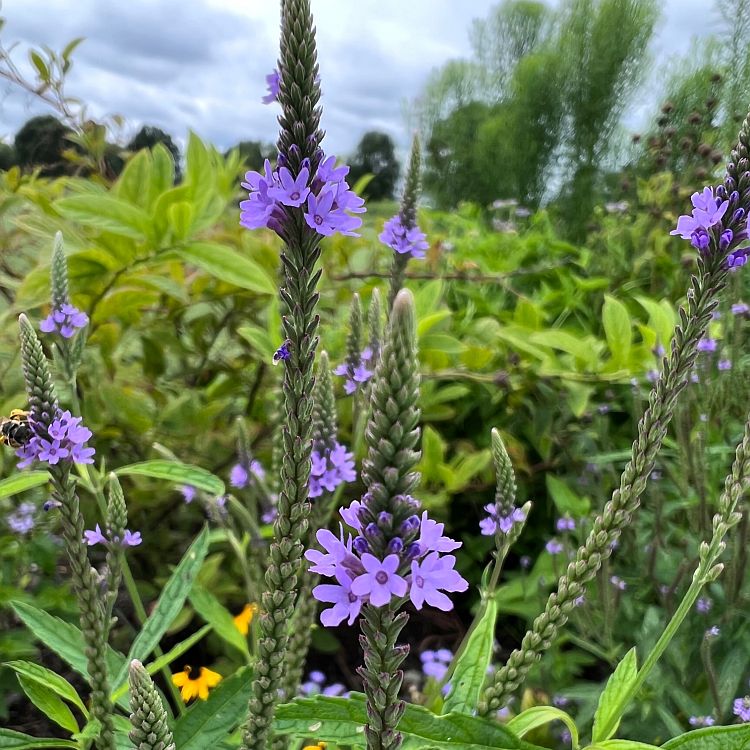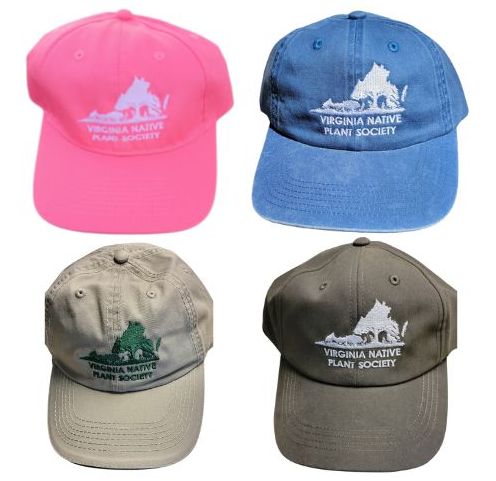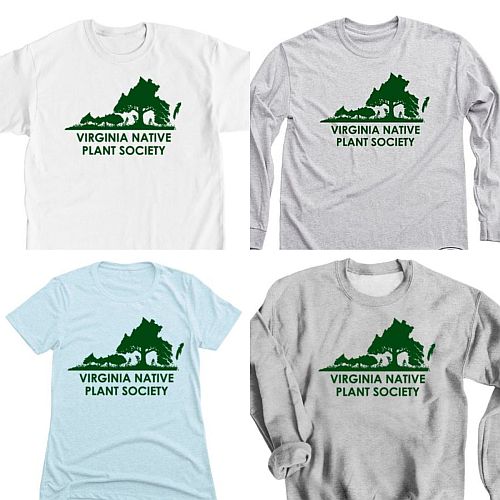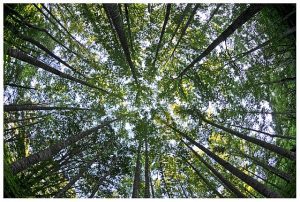News & Updates





• A New Online Dictionary of Virginia Botanical Etymology. This dictionary, compiled and edited by Michael Charters, lists Latin, Greek, and other derivations of botanical and biographic names in Virginia. View the Online Dictionary here. 20 August 2024
Join
Become a Member:
Support Our Mission.
Donate
Support VNPS with
your donation today.
Upcoming Events
Find Field Trips, Meetings, Programs and Plant Sales.
Find a Chapter
Get involved in your
local VNPS chapter.
The Pipevine Swallowtail Butterfly and its Native Host Plants
By Mary Lee Epps, Jefferson Chapter I decided to write this article for our chapter Newsletter, The Declaration, because of an experience I had two years ago. On a family outing to the Dripping Rock area of the Blue Ridge Parkway, we explored a trail that leads from the west side of the Parkway. After…
Read MoreAll About the Stamens
By Betty Truax, Jefferson Chapter Years ago, when I lived in Northern Virginia, my mom gave me a Mock Orange plant that had no scent. It was a shared plant from her friend Anna Davis in Rochelle, Virginia. The plant was important to my mom because it reminded her of being young. With this particular…
Read MorePurple Passionflower Pops in Summer
By Betsy Washington, Northern Neck Chapter Driving along sandy roadsides and fields of the coastal plain in summer, it is always a delight to find our native Purple Passionflower (Passiflora incarnata), a deciduous vine with dark green, three-lobed leaves and exquisite, showy flowers and edible fruit. This vigorous vine is native to the southeastern United…
Read MoreEarly Explorations of Elephant Ears (Magnolia macrophylla): A Personal Note
By Marion Lobstein From the age of 9, I grew up as Marion Louise Coble in Stanley, NC from 1955 through 1968. As a child I explored the woods about my home on North Peterson Street. An intersecting street was East Poplar where I found a woody plant with very large leaves. I even pressed…
Read MoreThe First 10 Years of VNPS: How We Began
By Ed Ballard, 1992 This retrospective account of VNPS and Potowmack Chapter beginnings shows that volunteers can make a difference with knowledgeable leaders, willing associates and continuity of purpose. In April 1982, District Naturalist Susan Allen (now long-range planner) with the Fairfax County Park Authority enlisted plantsperson Mary Painter to conduct three meetings at County…
Read MorePinxterblooms: Performing Now
By Betsy Washington, Northern Neck Chapter As I write in mid-April, the lovely Pinxterbloom Azaleas (Rhododendron periclymenoides) are blooming along our roadsides, stream-sides and on forested slopes around Northern Neck. Found from New York to Georgia, these graceful deciduous shrubs flaunt eye-catching clusters of tubular rosy pink flowers at the tips of their branches. If…
Read MoreElizabeth Rawlinson: Virginia Plant Pioneer
By Nancy Sorrells Almost a century ago, a bright, intelligent woman named Elizabeth Rawlinson roamed the Augusta County countryside in the southern Shenandoah Valley looking for plants and writing about her observations of the natural world. She was a well-known horticulturalist and writer and, and I would also categorize her as an early Shenandoah Valley…
Read MoreBook Review: Nature’s Best Hope by Doug Tallamy
By Sue Dingwell In his new book, Nature’s Best Hope, Dr. Doug Tallamy has delivered a deep and powerful wellspring of inspiration for the many people craving an opportunity to be part of transformative change for our challenged world. Even more compelling than his first book: Bringing Nature Home, a seminal work in itself, Nature’s…
Read MoreWildflower of the Year 2020 Wild Geranium (Geranium maculatum)
Wild Geranium is a woodland perennial herb. Plants emerge from stout, shallow, rhizomes bearing knobby leaf scars and thin roots. Aerial stems attain heights of 2 to 7 dm; stem hairiness ranges from a few scattered trichomes to densely pubescent. Leaves are crowded basally, but well separated and opposite on flowering stems. Overall leaf shape…
Read MoreDowny Lobelia: An Overlooked Garden Native
By Betsy Washington Several of our native Lobelias are well loved and absolutely beautiful. Cardinal Flower with its brilliant red flower spikes, and Great Blue Lobelia with its crowded spires of deep blue flowers, are familiar to many gardeners. Downy Lobelia (Lobelia puberula), which is less well-known, graces roadside ditches, low and upland woods, riverbanks…
Read MoreVNPS Funded Research Reveals Which Trees are Dying and Why
Editor’s Note: This post describes the 2019 research project conducted by Alyssa Terrell and supported by a VNPS Research Grant and was edited for publication. Our Research Grant Program awards funds for well-defined projects whose results can be evaluated and which address the VNPS Mission and Goals. Learn more about the Grant Program and how…
Read MorePawpaws And The Zebra Swallowtail Butterfly
By Mary Lee Epps Pawpaws have a great deal to offer—handsome flowers in the spring, delicious and highly nutritious fruit in the early fall, plus they are the only host plant of one of our most beautiful butterflies, the zebra swallowtail. Our pawpaw (Asimina triloba) is the northernmost member of the mostly tropical Annonaceae (or…
Read More




















